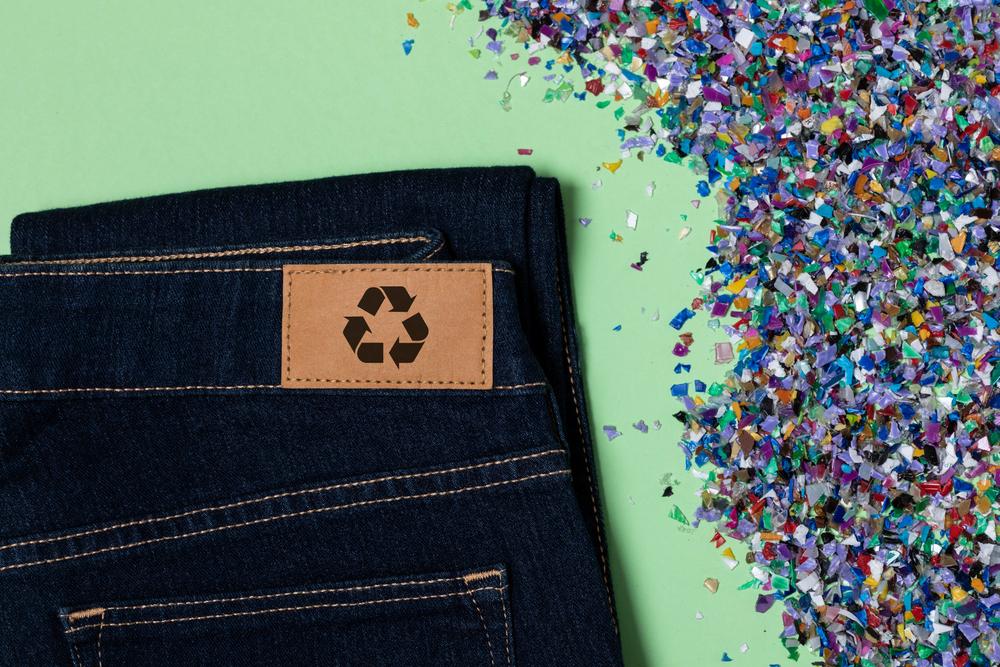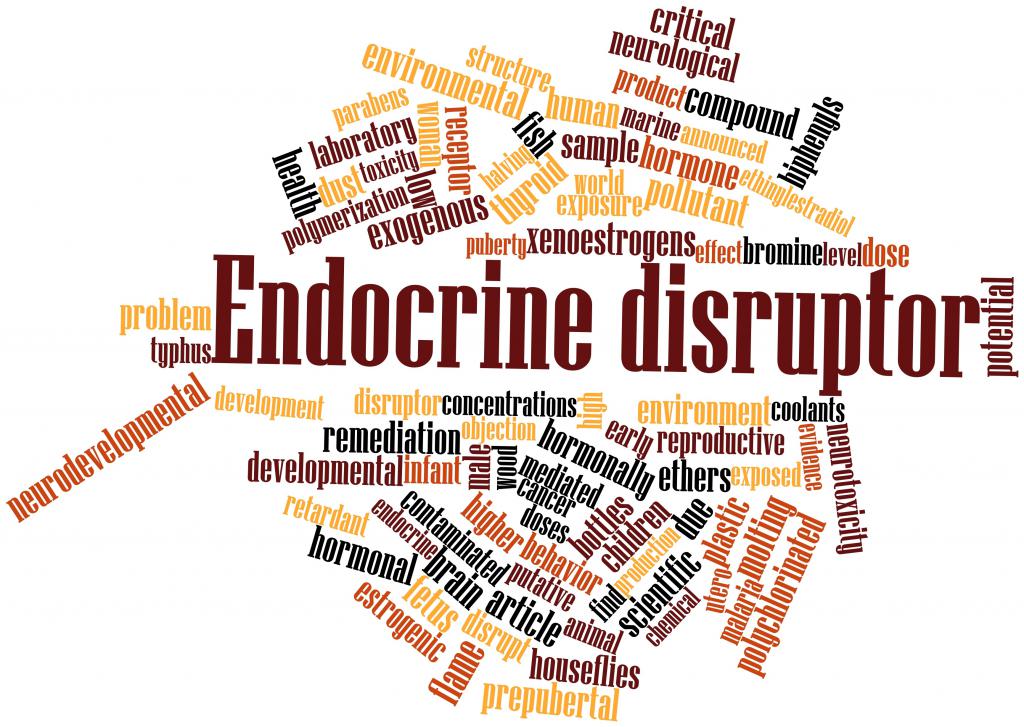In a new book, scientists argue that chemical pollution is having a profound effect on human sexual development, from shrinking penises to shocking declines in female fertility. The claim comes from a new book by Dr Shanna H. Swan, a leading environmental and reproductive epidemiologist at the Icahn School of Medicine at Mount Sinai, titled: Count Down: How Our Modern World Is Threatening Sperm Counts, Altering Male and Female Reproductive Development, and Imperiling the Future of the Human Race.
The main chemical pollutants that the study highlights is phthalates and BPAs, chemicals that are found in plastic and used in hundreds of consumer products including toy, clothing, and food packaging to hair sprays and paints. Phthalates are what’s known as an endocrine-disrupting compound, meaning they can interfere with hormone systems. Increased exposure to these chemicals could have terrible repercussions around the world in regards to fertility and sexual development, potentially even threatening the future of humanity. Studies also link these chemicals to other health disorders in humans and animals, including obesity, thyroid issues, cancer, depression, and irregularities in the gut binome.
Many researchers are worried that these chemicals leach and get into our bodies though food and physical contact. In fact, a recent survey by the CDC estimates that over 90% of Americans have detectable levels of BPA in their urine. Luckly, there are ways to avoid them.
BTA or Bisphenol A is the more well known of the two chemicals mentioned. It shows up in water bottles, cans, cartons, tupperware, and even in our public water.
The BPA molecules that make up plastic are bound together by what's called an ester bond, which is extremely sensitive to heat. So when warm and hot food that is placed in plastic causes a break in bonds and thus releases chemicals into your food.
Even scarier, mathematical modeling using the physicochemical properties of BPA suggest that it will be readily absorbed by intact human skin. In fact, a wide range of absorption factors have been calculated in different experimental systems and demonstrate that just touching materials made with BPA results in chemical induction into the bloodstream.
There has been a major trend within the clothing industry to create clothing out of recycled plastic bottles. While this is incredible from a sustainability standpoint upon first glance, having this on your body throughout the day is very concerning.
In 2012, the environmental watchdog Greenpeace sampled more than 140 clothing items and detected phthalates in 31 garments. Today, over 60% of our clothing is now made from polyester and recycled plastic and we can only assume that the percentage of phthalates and BPAs in our clothing has significantly increased.
The only way to really avoid these chemicals is to stay away from plastic derived materials as much as possible. The problem is that they are everywhere, but companies are starting to become more aware and offer natural and safe alternatives.




Leave a comment
This site is protected by hCaptcha and the hCaptcha Privacy Policy and Terms of Service apply.